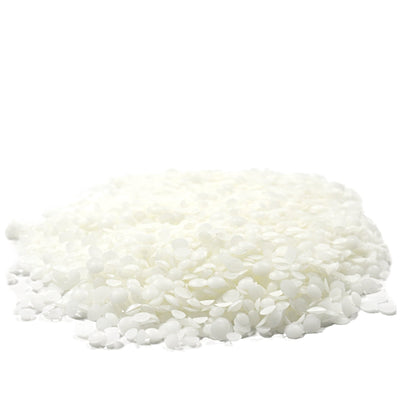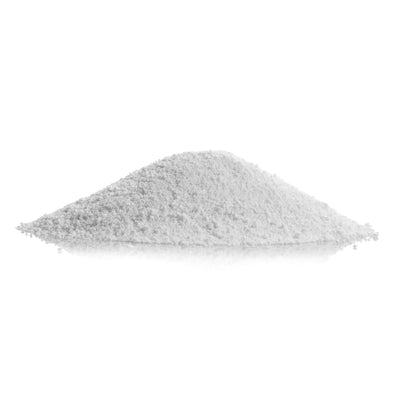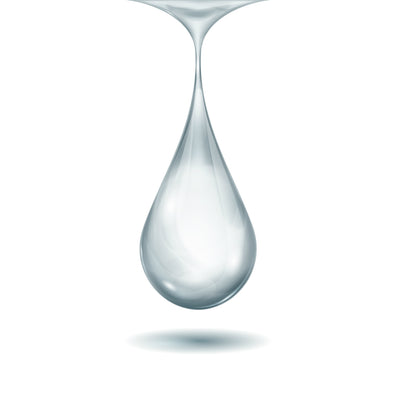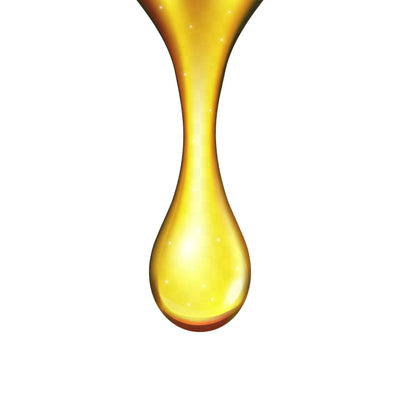Emulsifiers & Surfactants
Technically Emulsifiers, Solubilisers and Surfactants are all actually the same thing and perform the same function - they enable oil and water to be combined to form products like creams, lotions etc. However, in the cosmetic industry they are classed separately according to the roles they are most commonly used for:
Emulsifiers: Generally refers to waxy products used t...
Show More
Technically Emulsifiers, Solubilisers and Surfactants are all actually the same thing and perform the same function - they enable oil and water to be combined to form products like creams, lotions etc. However, in the cosmetic industry they are classed separately according to the roles they are most commonly used for:
Emulsifiers: Generally refers to waxy products used to make solid creams, lotions and the like. They also add body to the finished product.
Solubilisers: Generally refers to products used to suspend oil in large volumes of water in products like room and linen sprays. These typically come in liquid form and will not add body to the finished product.
Surfactants: Generally refers to foaming products used in products like shampoos, conditioners and body washes.
Emulsifiers are also categorised by the charge they carry:
Anionic: Negative charge - typically the primary emulsifier used in oil in water emulsions, particularly creams and lotions.
Amphoteric: Can be Positive or Negative depending upon the pH of the environment it is in - positive in acidic, negative in alkaline, help to moderate the harshness of other surfactants.
Cationic: Positive Charge - used in oil in water emulsions, particularly in hair conditioners as hair is largely negatively charged so this helps some of the product stay on the hair after rinsing.
Non-Ionic: No Charge - These are emulsion stabilisers and can be used for both oil in water and water in oil emulsions.
Emulsifiers: Generally refers to waxy products used to make solid creams, lotions and the like. They also add body to the finished product.
Solubilisers: Generally refers to products used to suspend oil in large volumes of water in products like room and linen sprays. These typically come in liquid form and will not add body to the finished product.
Surfactants: Generally refers to foaming products used in products like shampoos, conditioners and body washes.
Emulsifiers are also categorised by the charge they carry:
Anionic: Negative charge - typically the primary emulsifier used in oil in water emulsions, particularly creams and lotions.
Amphoteric: Can be Positive or Negative depending upon the pH of the environment it is in - positive in acidic, negative in alkaline, help to moderate the harshness of other surfactants.
Cationic: Positive Charge - used in oil in water emulsions, particularly in hair conditioners as hair is largely negatively charged so this helps some of the product stay on the hair after rinsing.
Non-Ionic: No Charge - These are emulsion stabilisers and can be used for both oil in water and water in oil emulsions.




















